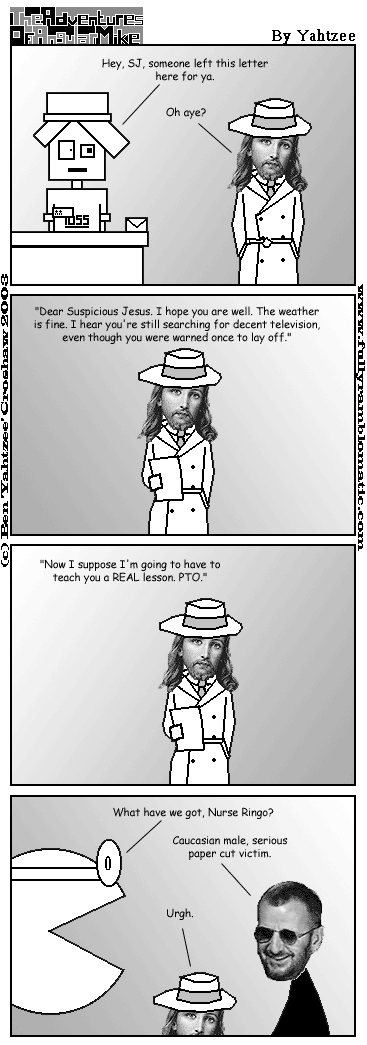
- ANGULAR PREVENT KEYUP ONLY 4 CHARACTERS IN ANGULAR 2 HOW TO
- ANGULAR PREVENT KEYUP ONLY 4 CHARACTERS IN ANGULAR 2 UPDATE
- ANGULAR PREVENT KEYUP ONLY 4 CHARACTERS IN ANGULAR 2 FULL
- ANGULAR PREVENT KEYUP ONLY 4 CHARACTERS IN ANGULAR 2 CODE
The identity validator implements the ValidatorFn interface.
ANGULAR PREVENT KEYUP ONLY 4 CHARACTERS IN ANGULAR 2 UPDATE
To update the hero form to be a reactive form, you can use some of the same built-in validators-this time, in function form, as in the following example.
ANGULAR PREVENT KEYUP ONLY 4 CHARACTERS IN ANGULAR 2 FULL
For a full list of built-in validators, see the Validators API reference. The same built-in validators that are available as attributes in template-driven forms, such as required and minlength, are all available to use as functions from the Validators class. You can choose to write your own validator functions, or you can use some of Angular's built-in validators. Each must complete before errors are set. You can pass these in as the third argument when you instantiate a FormControl.įor performance reasons, Angular only runs async validators if all sync validators pass. You can pass these in as the second argument when you instantiate a FormControl.Īsync validators: Asynchronous functions that take a control instance and return a Promise or Observable that later emits a set of validation errors or null. Sync validators: Synchronous functions that take a control instance and immediately return either a set of validation errors or null. Validator functions can be either synchronous or asynchronous. Angular then calls these functions whenever the value of the control changes. Instead of adding validators through attributes in the template, you add validator functions directly to the form control model in the component class.

In a reactive form, the source of truth is the component class.

When the user blurs the form control element, the control is marked as "touched".When the user changes the value in the watched field, the control is marked as "dirty".To prevent the validator from displaying errors before the user has a chance to edit the form, you should check for either the dirty or touched states in a control.

There are messages for required, minlength, and forbiddenName. The * ngIf on the element reveals a set of nested message divs but only if the name is invalid and the control is either dirty or touched.Įach nested can present a custom message for one of the possible validation errors. For a full list of control properties, see the AbstractControl API reference. NgModel mirrors many of the properties of its underlying FormControl instance, so you can use this in the template to check for control states such as valid and dirty. #name=" ngModel" exports NgModel into a local variable called name. For more information, see the Custom validators section. It also carries a custom validator directive, forbiddenName. The element carries the HTML validation attributes: required and minlength. Notice the following features illustrated by the example. The following example exports NgModel into a variable called name: You can then inspect the control's state by exporting ngModel to a local template variable. Angular uses directives to match these attributes with validator functions in the framework.Įvery time the value of a form control changes, Angular runs validation and generates either a list of validation errors that results in an INVALID status, or null, which results in a VALID status. To add validation to a template-driven form, you add the same validation attributes as you would with native HTML form validation. Validating input in template-driven forms
ANGULAR PREVENT KEYUP ONLY 4 CHARACTERS IN ANGULAR 2 CODE
Get the complete example code for the reactive and template-driven forms used here to illustrate form validation. The two types of forms that Angular supports.īasics of either Template-driven Forms or Reactive Forms.
ANGULAR PREVENT KEYUP ONLY 4 CHARACTERS IN ANGULAR 2 HOW TO
This page shows how to validate user input from the UI and display useful validation messages, in both reactive and template-driven forms.īefore reading about form validation, you should have a basic understanding of the following.įundamental concepts of Angular app design. You can improve overall data quality by validating user input for accuracy and completeness.


 0 kommentar(er)
0 kommentar(er)
